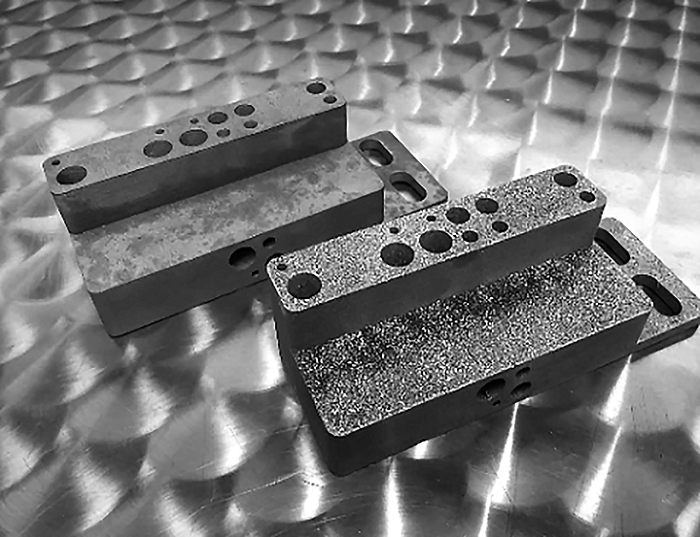ISO 4288 Surface Texture Profilometry Testing
The ISO 4288 surface texture profilometry testing is a critical tool in additive manufacturing and 3D printing quality assurance. This method measures the microscopic topography of surfaces, providing essential insights into the physical characteristics that can influence the performance and durability of parts produced via these advanced manufacturing techniques.
Surface texture plays a pivotal role in determining how components interact with their environment or other materials during assembly. For instance, in additive manufacturing, surface finish directly impacts adhesion between layers and overall part strength. In 3D printing processes like laser sintering or electron beam melting, precise control over surface texture is crucial for achieving optimal mechanical properties.
The profilometry technique involves scanning a probe across the surface of a specimen to create a three-dimensional representation of its topography. This data can then be analyzed according to predefined standards such as ISO 4288, which specifies parameters like roughness, waviness, and lay for various applications.
One significant advantage of profilometry testing is its ability to detect even minor variations in surface texture that might not be visible to the naked eye. Such precision is invaluable when dealing with highly complex geometries or critical components where deviations could lead to failures under operational conditions.
Incorporating ISO 4288 into your quality assurance protocols ensures compliance with international standards while providing robust evidence of product consistency and reliability. By leveraging this technology, manufacturers can enhance their competitive edge by producing parts that meet stringent performance expectations across diverse industries including aerospace, automotive, medical devices, and consumer electronics.
- Ensures adherence to ISO 4288 standards
- Provides detailed surface texture profiles
- Facilitates precise measurement of roughness, waviness, and lay
- Aids in identifying minute surface irregularities
Industry Applications
The application of ISO 4288 surface texture profilometry testing extends across multiple sectors where precision and reliability are paramount. In aerospace, for example, the integrity of components like turbine blades depends heavily on their surface finish. Similarly, in automotive manufacturing, ensuring proper adhesion between different materials during hybrid constructions requires meticulous attention to surface texture.
In medical device production, biocompatibility often hinges upon how a material interacts at its microscopic level with bodily tissues. Accurate profilometric analysis helps verify that surfaces are free from defects that could compromise safety or efficacy.
For consumer electronics manufacturers, maintaining consistent quality is essential for brand reputation and customer satisfaction. Profilometry enables them to monitor changes in production processes that might affect final product aesthetics or functionality over time.
Eurolab Advantages
At Eurolab, we offer comprehensive ISO 4288 surface texture profilometry testing services tailored specifically to meet the needs of additive manufacturing and 3D printing industries. Our state-of-the-art facilities equipped with advanced instrumentation ensure accurate measurements down to nanometer scales.
We employ highly skilled technicians who possess deep expertise in both theoretical knowledge and practical application of this technology. This combination guarantees reliable results every time, enhancing trust between clients and us.
Our commitment extends beyond just testing; we also provide expert advice on optimizing surface texture parameters for specific applications based on industry best practices and latest research findings.
Why Choose This Test
- Ensures compliance with international standards
- Provides detailed insights into surface characteristics
- Aids in detecting minute defects that could impact performance
- Supports ongoing quality control and improvement initiatives





